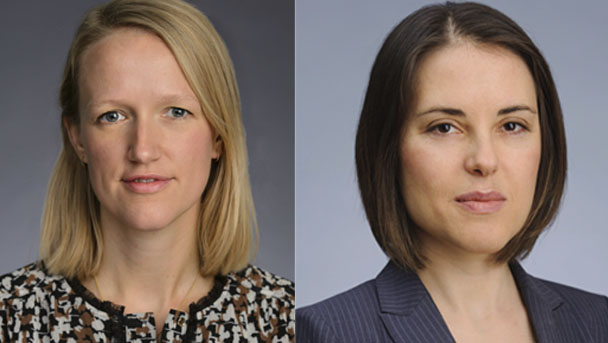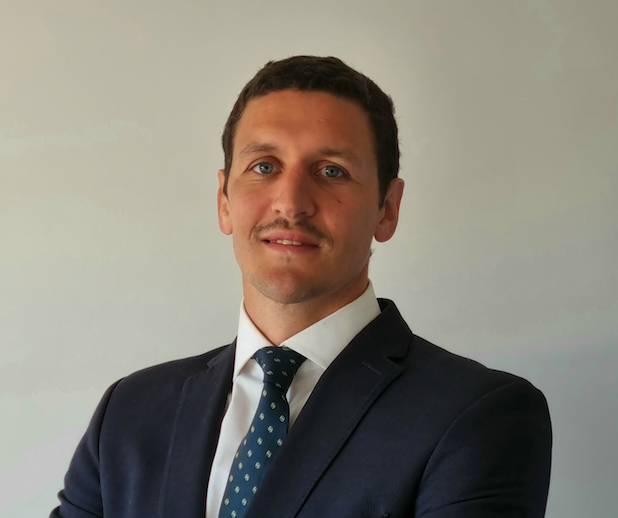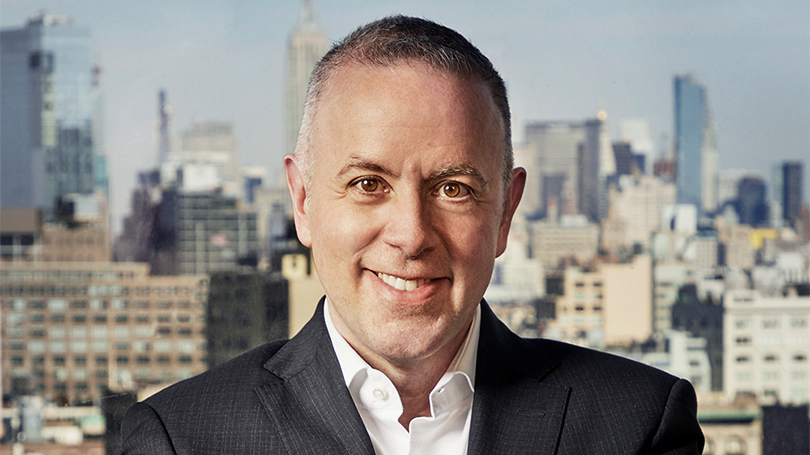Fidelity International Expands its Sustainable Offering with a Global Equity Fund Targeting Decarbonization
| By Beatriz Zúñiga | 0 Comentarios

Fidelity International (Fidelity) has announced the launch of the Fidelity Funds — Sustainable Climate Solutions Fund, a global equity portfolio of leading companies that benefit from decarbonization. It will be managed by experienced sustainable thematic investors Velislava Dimitrova and Cornelia Furse.
In a press release, the asset manager has revealed that the fund aims to achieve long-term capital growth by investing in companies which enable global decarbonisation efforts. In other words, firms that offer technologies and solutions that materially reduce greenhouse gas emissions versus incumbent technologies. Investments will include companies involved in the design, manufacture or sale of products or services in technologies or solutions such as (but not limited to): electric vehicles, green hydrogen, autonomous vehicles, renewable energy, smart grids, industrial automation and agricultural efficiency.
“Climate change has prompted decarbonisation policies around the world to help achieve global carbon neutrality. The world needs to decarbonise urgently, at a faster pace that we have seen to date, and investors can play a major role in supporting this change. The decarbonisation challenge is on a scale unmatched in human history. But it is one that offers the companies meeting it a 30-year period of growth that surpasses even the internet revolution. Our Sustainable Climate Solutions Fund offers investors access to this long-term global megatrend”, says Dimitrova, Co-Portfolio Manager.
Fidelity believes that to keep global warming to the 1.5 °C above pre-industrial levels as recommended in the Paris Agreement, the global economy will need to go through a radical transformation, affecting every area of human activity. This means reversing over 150 years of rising greenhouse gas emissions and reaching, or exceeding, net zero targets within 30 years – at a cost of 144 trillion dollars, almost seven times annual US GDP. According to the firm’s analysts, the race to net zero is on, and almost a quarter of all companies will be carbon neutral by the end of this decade.
Furse, Co-Portfolio Manager of the strategy, points out that unlike other climate funds, this one focus on carbon reduction, not carbon avoidance. “Investing in low emission sectors will not be enough to reverse 150 years of rising greenhouse gas emissions. Our fund will identify and invest in existing and emerging solutions that help decarbonise society. The decarbonisation trend is currently at the early stage of penetration and will be driven by a combination of innovation, improving economics, accelerated governmental support and changing consumer behaviours. It is the stocks exposed to these themes that will drive superior investment opportunities for our investors”, she adds.
The Fidelity Funds — Sustainable Climate Solutions Fund, which is classified Article 8 under the EU Sustainable Finance Disclosure Regulation (SFDR), forms part of Fidelity’s expanding Sustainable Family of Funds. The asset manager currently manages more than 10 billion dollars in sustainable funds across its equity, fixed income, ETF and multi asset.
“We strive to become a trusted partner to our clients, delivering innovative investment solutions that meet their financial and non-financial objectives. Investing sustainably is key to achieving this. Our Sustainable Family of Funds has grown substantially in recent years, and I am pleased that we can now offer clients access to the decarbonisation megatrend”, highlights Christian Staub, Managing Director Europe at Fidelity.
In his view, the race to net zero “is on”; that’s why they have also committed to reduce their operational carbon emissions to net zero by 2040, and they’re working collaboratively with peers in the Net Zero Asset Managers initiative, supporting and the transition towards global net zero emissions.
About the portfolio managers
Velislava Dimitrova has 13 years of investment experience. She joined Fidelity in 2008 and worked as an analyst until 2014, covering a number of sectors including European Media, European Utilities and Materials. She was subsequently appointed co-Portfolio Manager on global team-based portfolios where she had specific sector responsibilities, including the Fidelity Global Demographics strategy between 2017-19, which cemented her interest in thematic products. In 2018, she built on her vision of running a sustainable thematic strategy when she conceptualised and started managing Fidelity Sustainable Climate Solutions, where she is currently Lead Portfolio Manager. In February 2021, Velislava took on a Lead Portfolio Manager role for the Fidelity Sustainable Water & Waste strategy. She has an MBA from MIT Sloan and a BBA from Sofia University.
Cornelia Furse has 11 years of investment experience. She joined Fidelity in 2010 and worked as an analyst until 2021 covering a number of sectors including European Mid-cap Utilities, US Health Care, US Consumer Discretionary and US Capital Goods. She was appointed co-Portfolio Manager on the Fidelity Sustainable Climate Solutions strategy in 2019 and as co-Portfolio Manager on the Fidelity Sustainable Water & Waste strategy in February 2021. She has an MA in Classics from Oxford University.









